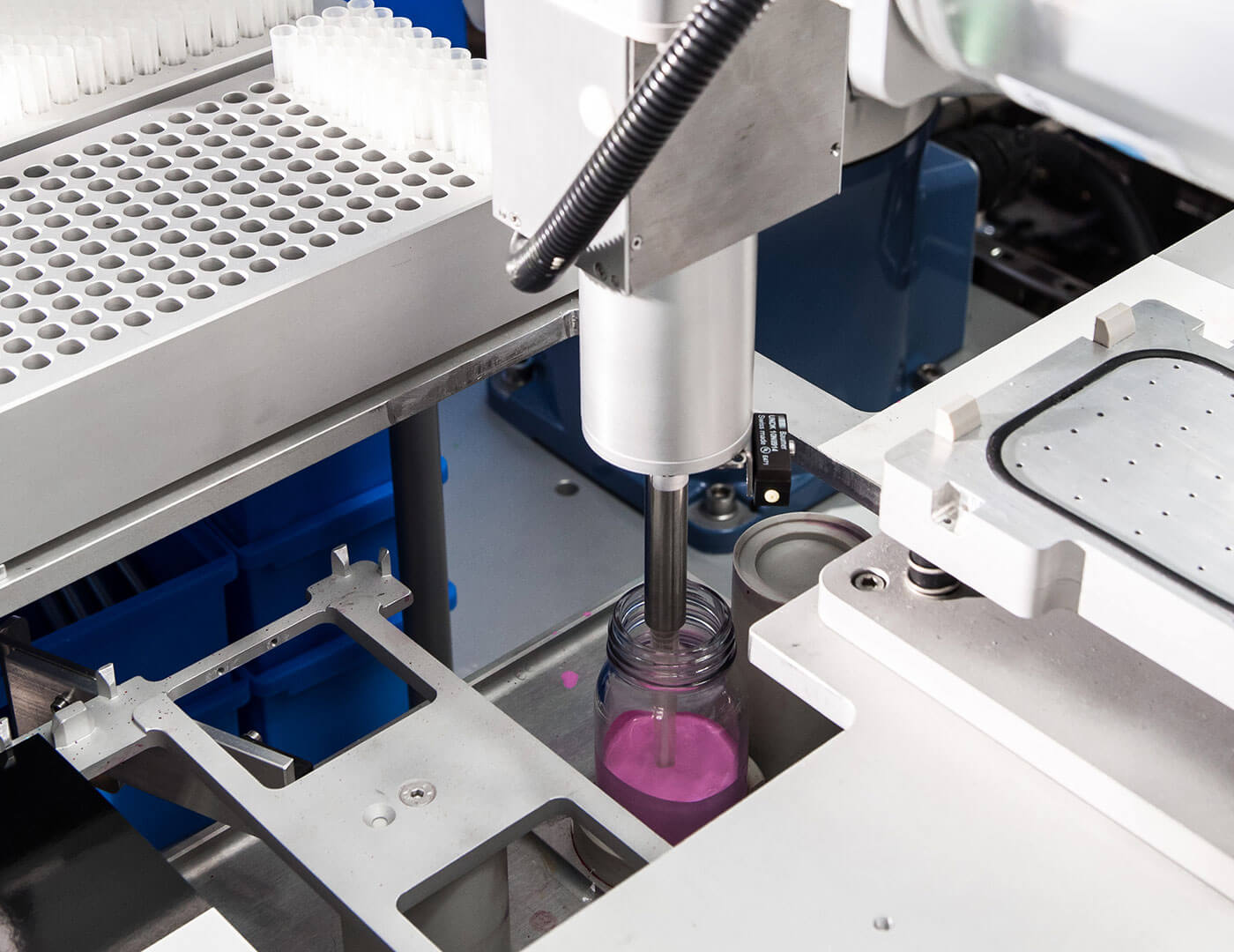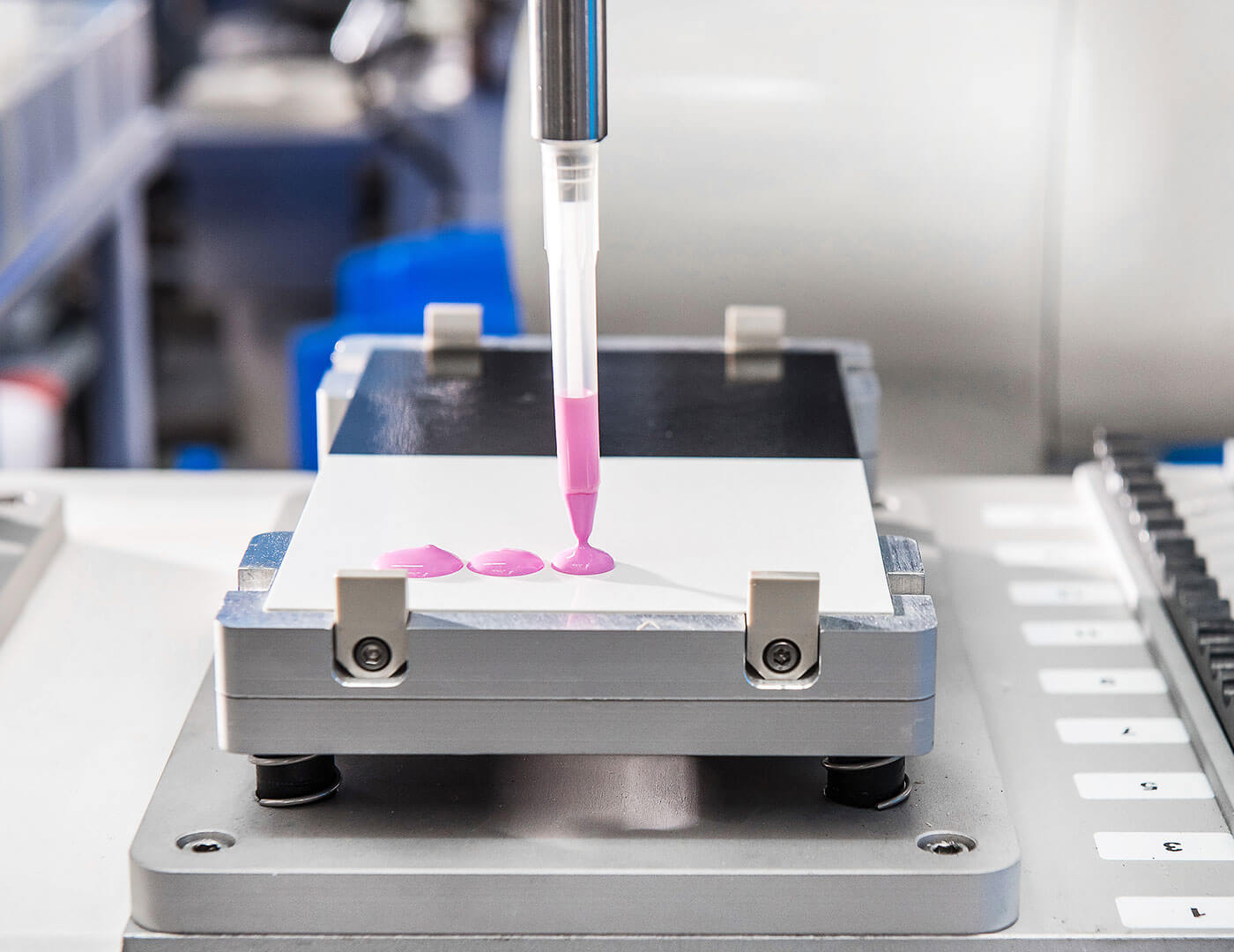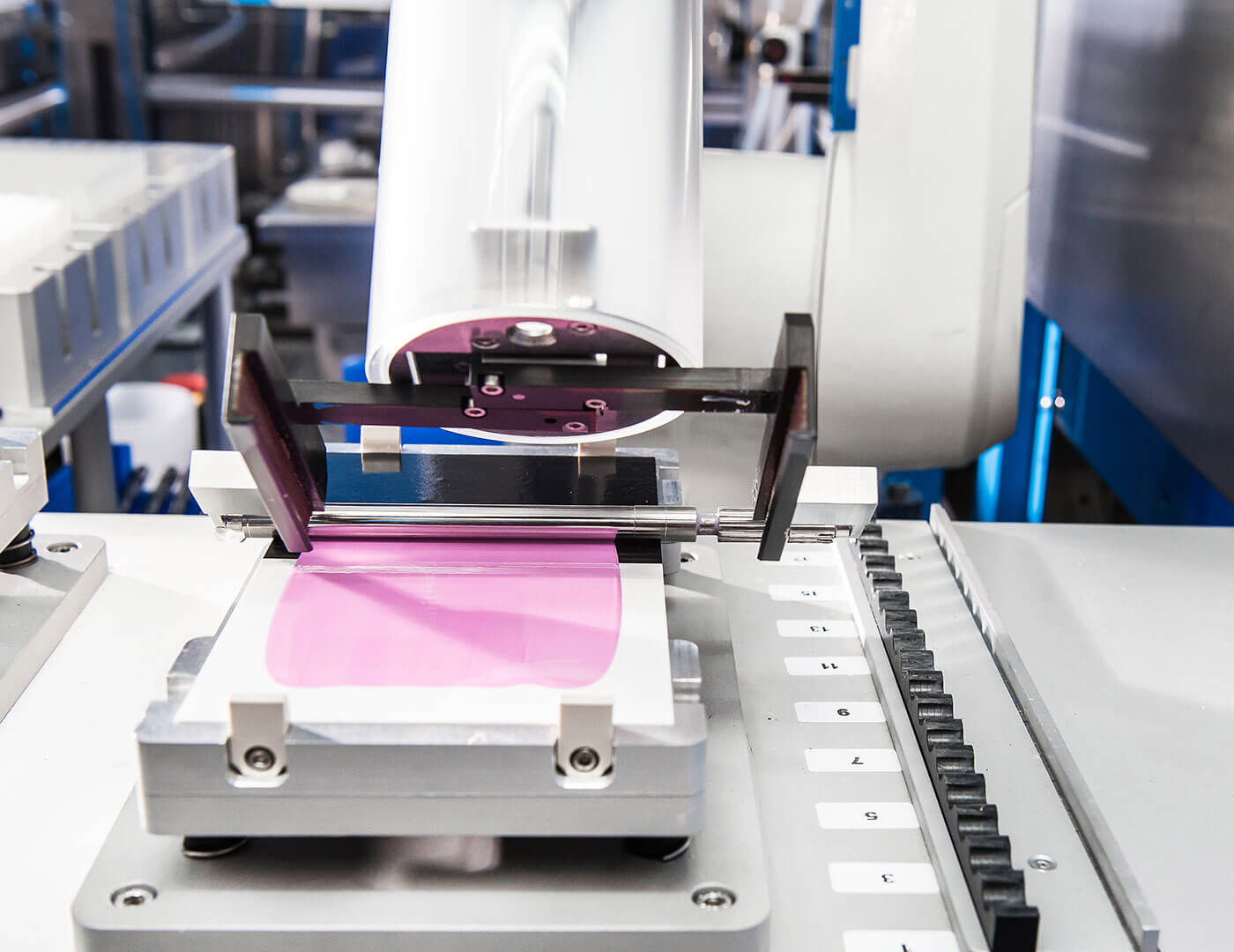
Production 4.0
A new assistant for the coatings industry
The first digital language assistant in the coatings industry is now in operation: COATINO ™ supports researchers.

Environmentally compatible production
Better Than Real
New additives are making artificial leather more robust, eco-friendly – and increase its similarity to the real thing.

Carbon
The new formula C4
Absolutely unique: Evonik is using an award-winning purification process to make the refinery byproduct FCC-C4 a useful raw material.

In my element
“I would like to get people hooked on physics”
Nitrogen ist very important for Matthias Salewski – not only as a researcher, but also an entertainer on stage.
ELEMENTS Newsletter
Get fascinating insights into the research Evonik is conducting, and its social relevance, by subscribing to our free newsletter.



